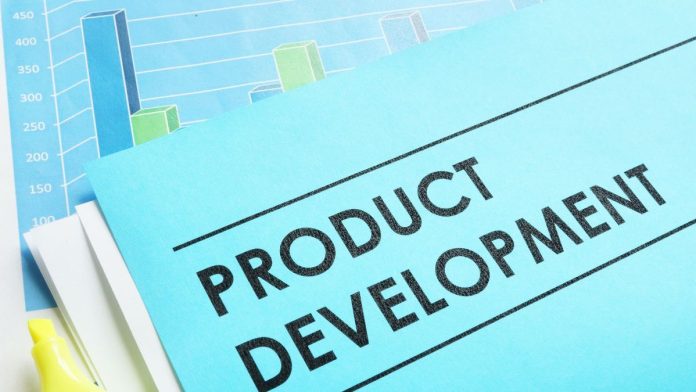Successful product development is a challenging process that requires careful planning, effective communication, and a deep understanding of various factors. Product managers and development teams must work cohesively to maximize customer satisfaction while staying ahead in competitive markets.
Understanding the development process
The importance of market research
Thorough research is essential before a product designer embarks on any product development journey. Market research with a product analytics solution helps identify customer needs, changing consumer trends, and market demands.
They ensure that the product’s development aligns with the current market landscape.
Product strategy and planning
Product managers play a crucial role in setting a clear vision and strategy for the product. They must establish quality standards, define the target audience, and create a roadmap that outlines the development process. As initiatives scale across teams, portfolio-level visibility helps prioritize competing work, manage dependencies, and keep the product roadmap aligned with business goals.
Effective communication
Communication is key to any successful project. A product manager and its development team must be on the same page to ensure everyone is working towards the same goal.
Regular meetings and clear guidelines are essential.
Challenges along the way
The following are the most common product development challenges encountered during the product development process:
Resource constraints
Managing resource allocation constraints is one of the most significant challenges in product development. Limited time and budget can hinder the project process.
Risk management
Risk management is crucial in a world of global competition and market volatility. Identifying potential risks and developing mitigation strategies is essential for a successful product launch.
User expectations
Meeting user expectations and gathering customer feedback is an ongoing process. Product managers should maintain a centralized dashboard to track user feedback and make necessary adjustments.
Compliance with relevant laws
Compliance with relevant laws and regulations is a significant challenge in some industries.
Product development teams and companies must deeply understand the legal landscape and ensure that the product complies with all requirements.
Overcoming product development challenges
Iterative process
Product development is rarely a linear journey. It often involves designing, testing, and refining the product through iterative cycles.
Embrace this approach to identify gaps and make continuous improvements.
Involving the right people
Bringing together individuals with different perspectives and skills around common challenges is essential.
Product designers, developers, and project managers should collaborate effectively to address complex challenges.
Quality assurance
Maintaining quality standards throughout the development and design process is time-consuming but necessary. Conduct thorough testing and ensure the final product meets the highest quality criteria.
Product vision
Having a clear product vision is the foundation of product development. Ensure all team members understand and align with the product’s overarching goal.
Effective project management
Project managers are crucial in keeping the project’s progress on track. They must meet deadlines, manage resources, and coordinate efforts across the development team.
Create a Minimum Viable Product (MVP)
To mitigate risk and save resources, consider starting with the MVP and a simple prototype that allows you to test the product’s viability before investing more time in its development.
Stay ahead with innovation
Innovation is the key to staying competitive. Continuously have brainstorming sessions and explore new ideas to ensure your product stays ahead of the curve.
Last words
Product development is a complex journey filled with challenges, but with the right strategies and a dedicated team, you can navigate these obstacles successfully. By prioritizing market research, product management, effective communication, and quality assurance, you can maximize customer satisfaction and achieve your product’s success.









